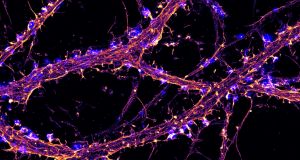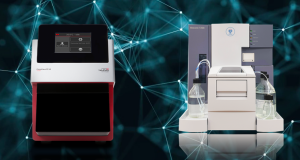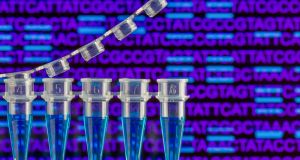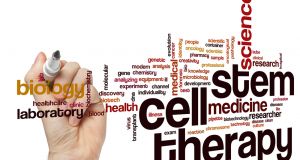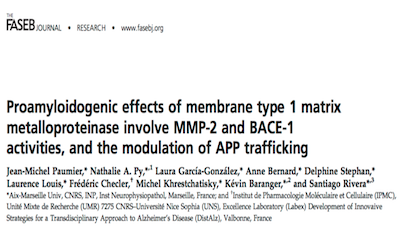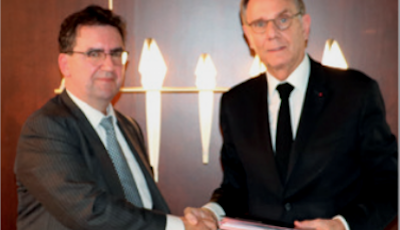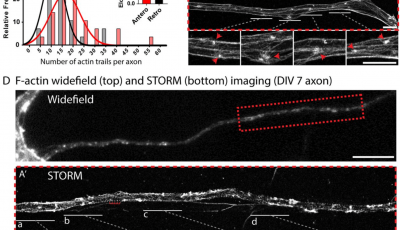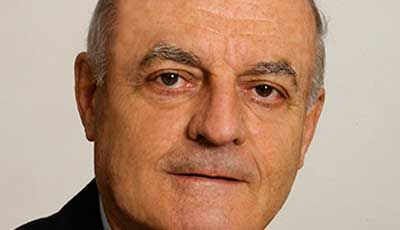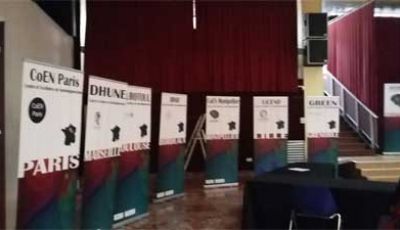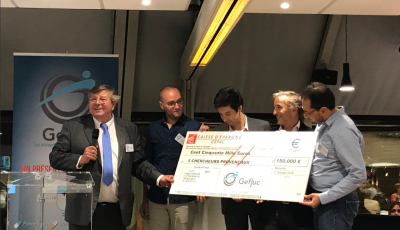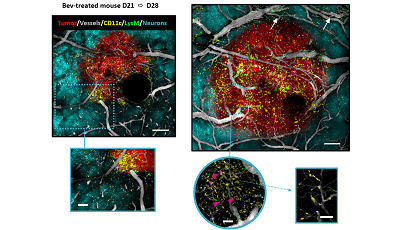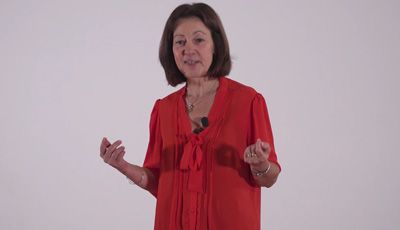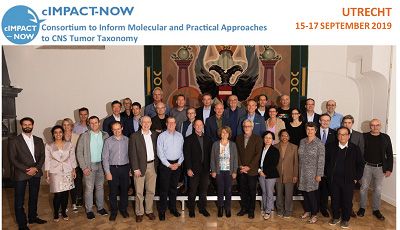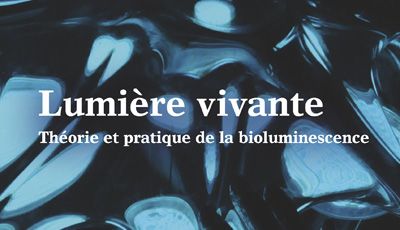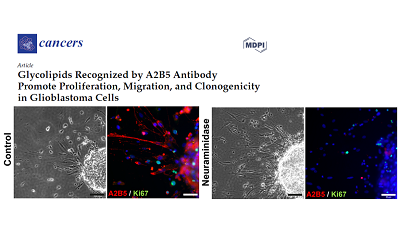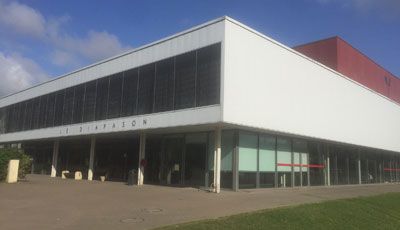GlioME team in collaboration with INT (Institute of Neurosciences Timone) published a new study in Journal of Neuroinflammation on the effect of Bevacizumab on glioblastoma-bearing mice, using 2-photon imaging
Our data show that VEGF blockade leads to an increased recruitment of monocytes and to an adjustment of dendritic cell subsets’ profiles, differing in their ability to induce an adaptive immune response. Altogether, they provide important new insights into the effects of Bevacizumab at the cellular level and into the spatio-temporal evolution of intra-tumoral innate immune cell densities.















